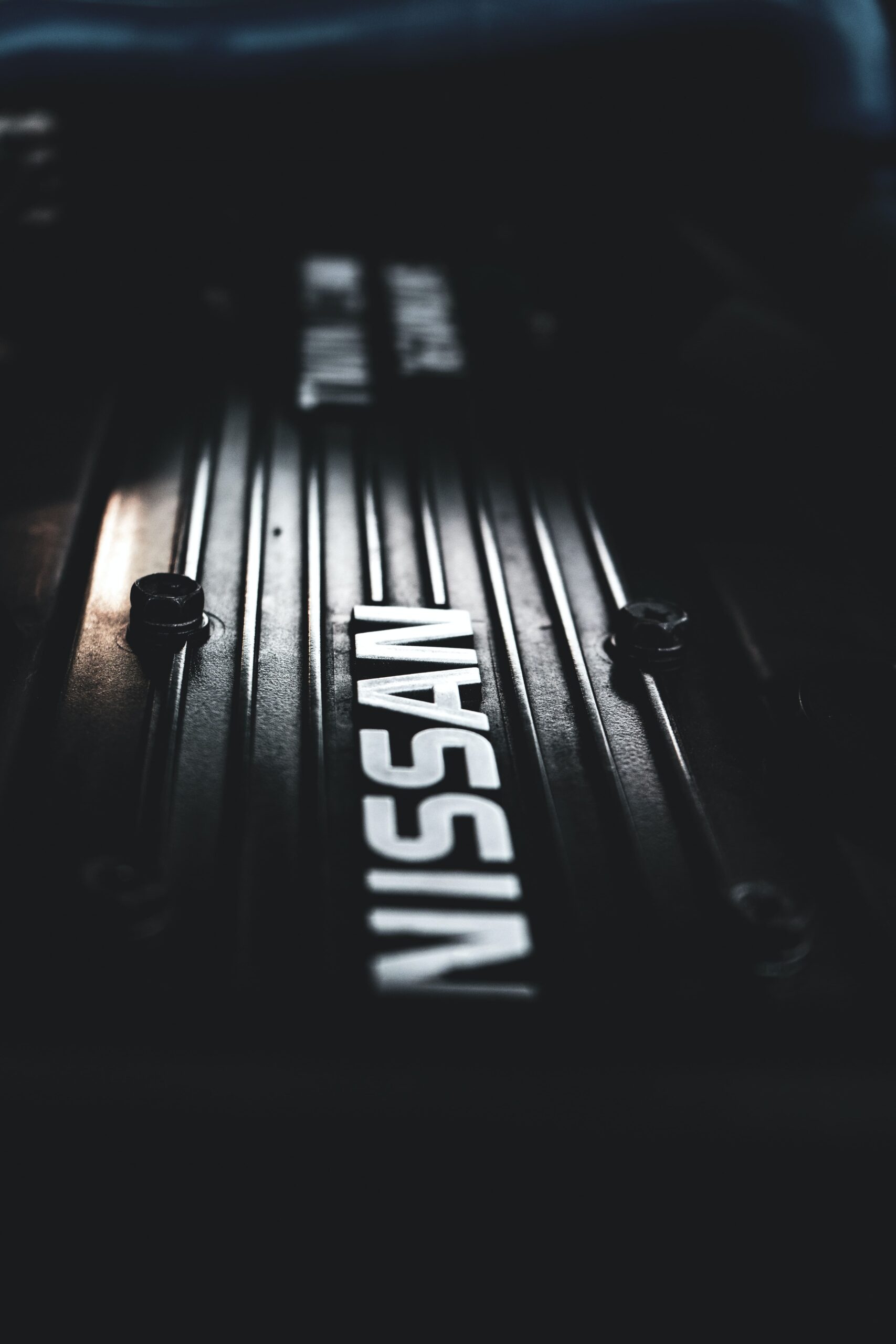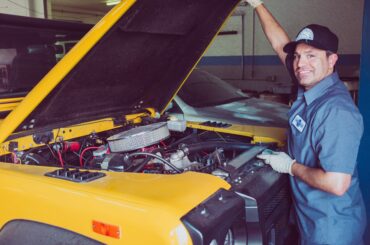Contents
Nissan Shift Lock – Introduction
In the realm of automotive engineering, safety mechanisms often take center stage, and the shift lock mechanism in Nissan vehicles is no exception. It’s a feature that plays a pivotal role in enhancing both the safety and functionality of the vehicle, particularly concerning gear shifting. In this comprehensive guide, we will dive deeper into the world of the Nissan shift lock, examining its purpose, operation, common issues, and providing insights into what to do if you encounter problems with this essential component.

The Purpose of the Nissan Shift Lock:
The shift lock mechanism is a safety feature engineered to prevent a vehicle’s gear shift lever from moving out of the “Park” (P) position and into any other gear, such as “Drive” (D) or “Reverse” (R), unless specific conditions are met. This crucial function serves to reduce the risk of accidental gear engagement and potential vehicle movement when the driver’s intention is to keep the vehicle stationary. This is particularly important during startup, when the engine is off, or when the vehicle is idling.
How the Nissan Shift Lock Operates:
The operation of the shift lock in Nissan vehicles is relatively straightforward, yet it’s a significant contributor to driver and passenger safety. It primarily functions through an electronically controlled solenoid. To release the shift lock and enable gear shifting, the following conditions must be met:
- Depression of the Brake Pedal: The most common requirement for releasing the shift lock is the depression of the brake pedal. This condition ensures that the driver is actively engaged in the gear-shifting process and helps prevent unintended gear changes.
- Ignition Position: The shift lock mechanism is typically linked to the vehicle’s ignition system. It becomes active only when the ignition key is turned to the “On” or “Run” position, signifying that the vehicle is in an operational state.
Once these conditions are satisfied, the solenoid is energized, allowing it to disengage the shift lock, enabling the driver to move the gear shifter into the desired position, such as “Drive” or “Reverse.”
Common Issues with the Nissan Shift Lock:
While the shift lock is a vital safety feature, it is not immune to problems that can develop over time. Common issues associated with the shift lock include:
- Brake Light Switch Malfunction: The brake pedal’s position is typically monitored by the brake light switch. If the switch malfunctions, it can lead to a failure of the shift lock to disengage, effectively preventing the vehicle from shifting out of “Park.”
- Faulty Shift Lock Solenoid: The solenoid itself can experience issues, either due to electrical faults or mechanical failures. These problems can prevent the solenoid from releasing the shift lock even when the brake pedal is properly depressed.
- Electrical Issues: Various electrical problems, such as blown fuses or damaged wiring, can disrupt the operation of the shift lock mechanism, leading to difficulties in shifting gears.
What to Do If You Encounter Shift Lock Problems:
If you find yourself facing issues with the Nissan shift lock, it’s crucial to address them promptly to ensure the safe and proper operation of your vehicle. Here are some steps to consider:
- Check the Brake Pedal: Begin by ensuring that you are fully depressing the brake pedal. Sometimes, the shift lock may not release if the brake pedal is not pressed firmly enough.
- Verify the Ignition Position: Confirm that the ignition switch is in the “On” or “Run” position. Remember that the shift lock is inactive when the ignition key is in the “Off” position.
- Inspect the Brake Light Switch: If the issue persists, it’s a good idea to examine the condition of the brake light switch. A malfunctioning switch can disrupt the release of the shift lock, and replacing it may resolve the problem.
- Consult the Owner’s Manual: The owner’s manual for your vehicle can provide specific information on troubleshooting and resolving shift lock-related issues. This resource may also offer insights into any fuse-related problems that could affect the shift lock’s operation.
- Seek Professional Assistance: If you are unable to diagnose or rectify the problem on your own, it’s advisable to consult a qualified mechanic or visit a Nissan service center. These experts possess the necessary expertise and diagnostic tools to identify and address complex issues with the shift lock system.
The Nissan shift lock is a critical safety feature that should not be underestimated. Its primary function is to prevent inadvertent gear shifts and unintended vehicle movement, enhancing both driver and passenger safety. The shift lock operates by requiring the driver to depress the brake pedal and ensuring that the ignition is in the appropriate position.
Although it is generally a reliable component, issues can occasionally arise, primarily due to problems with the brake light switch, shift lock solenoid, or electrical system. Resolving these issues promptly is essential for ensuring the safe and smooth operation of your Nissan vehicle.
Whether you perform basic troubleshooting at home or seek professional assistance, addressing shift lock issues is crucial to maintaining a safe and hassle-free driving experience. The Nissan shift lock is a testament to the meticulous engineering and commitment to safety that is central to the automotive industry.
2012 NISSAN Altima – Shift Lock Release: https://m.youtube.com/watch?v=WHZjumxtnUw&pp=ygURTmlzc2FuIFNoaWZ0IExvY2s%3D

Conclusion: The Nissan Shift Lock – A Critical Safety Mechanism
In conclusion, the Nissan shift lock is a critical safety feature in modern vehicles that serves to prevent unintended gear shifts and maintain the safety of both the driver and passengers. Its operation, primarily driven by the depression of the brake pedal and the ignition key position, ensures that gear changes are deliberate and controlled.
While the shift lock is generally a reliable component, common issues can arise due to factors like a malfunctioning brake light switch, a faulty shift lock solenoid, or electrical system problems. These issues can hinder the release of the shift lock and interfere with the normal operation of the vehicle.
To address shift lock problems, it’s essential to conduct thorough checks, including brake pedal depression and ignition key position verification. If issues persist, consulting the owner’s manual, inspecting the brake light switch, and seeking professional assistance from qualified mechanics or Nissan service centers are all viable options.
The Nissan shift lock is a testament to the automotive industry’s commitment to safety and user-friendly design, ensuring that the driver has full control over the vehicle’s gear selection. By understanding its purpose and potential issues, vehicle owners can ensure a safe and smooth driving experience.
More Links:
Seat Belt Folded in Retractor: Causes, Risks, and Solutions: https://motorpet.com/seat-belt-folded-in-retractor/#google_vignette
Why Does Oil Smell Like Gas? Understanding the Aroma of Automotive Lubricants: https://motorpet.com/why-does-oil-smell-like-gas/
Can a Serpentine Belt Stretch? Understanding Belt Wear and Maintenance: https://motorpet.com/can-a-serpentine-belt-stretch/






